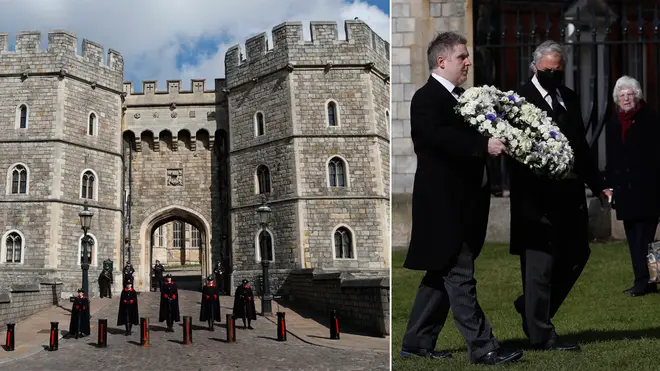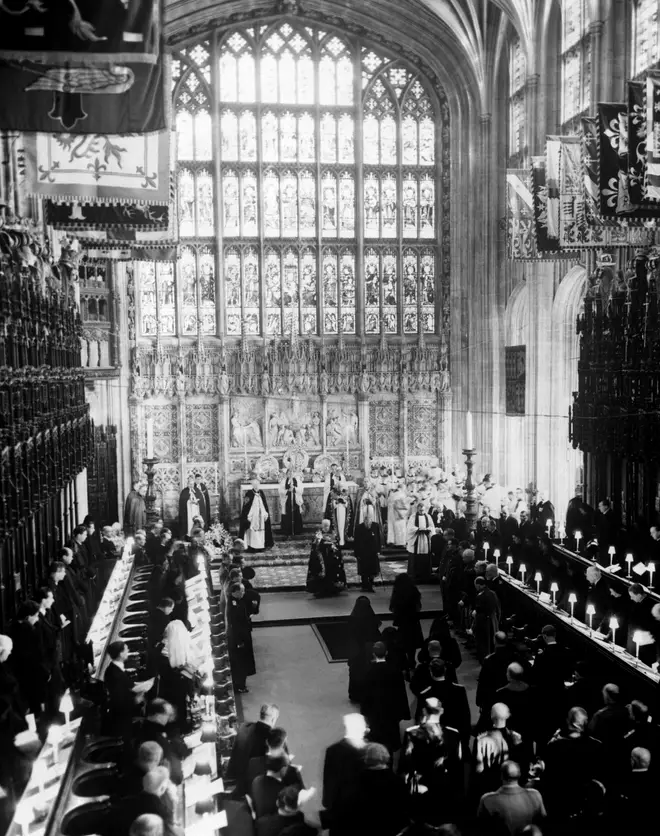What is the difference between a state funeral and ceremonial royal funeral?
17 April 2021, 15:48

What is a state funeral and why is Prince Philip not having one?
Prince Philip, Duke of Edinburgh will be laid to rest on Saturday after he died at the age of 99.
The news was confirmed by Buckingham Palace, who released a statement reading: “It is with deep sorrow that Her Majesty The Queen has announced the death of her beloved husband, His Royal Highness The Prince Philip, Duke of Edinburgh.
“His Royal Highness passed away peacefully this morning at Windsor Castle.”
The Duke of Edinburgh will not have a state funeral, despite being entitled to one, as he said he didn’t want the ‘fuss’.
Instead, he will have a ceremonial funeral, but what is the difference? Here’s what we know…
Read more: Kate Middleton and Prince William pictured arriving at Prince Philip's funeral

What is the difference between a ceremonial royal funeral and a state funeral?
When a member of the royal family passes away, their funerals typically fall into one of three categories; a state funeral, a ceremonial funeral, and a private funeral.
Unlike state funerals, ceremonial funerals can be more private as they do not require parliamentary approval and funding.
Read More: What did Prince William and Prince Harry say about Prince Philip in their statements?

Senior royals walk in the Duke of Edinburgh's funeral procession
What is a ceremonial royal funeral?
A ceremonial funeral is organised by the Lord Chamberlain and has some similarities to a state funeral.
These usually include a procession with a gun carriage and military contingents.
Princess Diana, The Queen Mother and Margaret Thatcher all had ceremonial funerals.
What is a state funeral?
State funerals are organised and overseen by the Earl Marshal with the support of the College of Arms.

These are generally reserved for the reigning monarch, with the last state funeral being that of Queen Elizabeth's father King George VI in 1952.
State funerals can also be held for important figures with the approval of the Queen and Parliament.
Former Prime Minister’s Sir Winston Churchill, William Gladstone and Lord Palmerston all had state funerals.
These would typically start with the body of the deceased being carried on a gun carriage, which is drawn by sailors from the Royal Navy as part of a military procession.
They would then be taken to Westminster Hall in the House of Parliament which would be followed by another procession to Westminster Abbey or St Paul’s Cathedral.
Heads of state are then given a 21-gun salute.
Now Read: How to watch Prince Philip's funeral on TV











